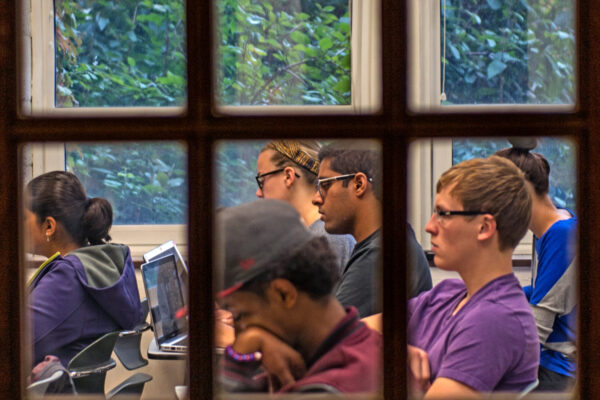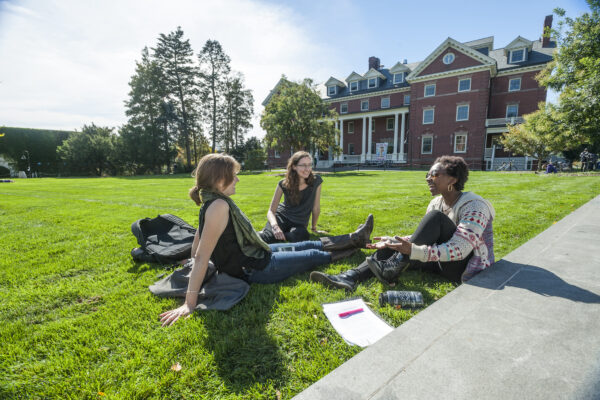Report Looks at Impact of Emergency Micro-Grants on Student Success
Title: The Impacts of Emergency Micro-Grants on Student Success
Authors: Daniel Rossman, Julia Karon, and Rayane Alamuddin
Source: Ithaka S+R
The challenges higher education institutions face in retaining students and guiding them toward degree completion are well documented, with many institutions providing resources, staffing, and services dedicated to ensuring a smooth path to completion.
Ithaka S+R recently released a report analyzing a retention grant program designed to provide emergency financial aid to students with an immediate need. Students are required to have exhausted all other forms of aid and can automatically be awarded, without an application, up to $2,500 towards unpaid institutional balances, allowing them to remain enrolled.
Ithaka S+R’s report estimated the causal effects of this grant on student-level outcomes and institutional finances. The report highlighted the following findings, noting that overall, students who received a grant graduated in less time and with less debt:
- The grants had significant impacts on graduation; the findings indicate grant recipients helped reduce students’ time to degree but are not a determinant of whether the grant helps a student graduate who may not otherwise.
- Grant recipients saw a reduction in their post-graduate debt of nearly $4,000.
- The potential grant receipt decreased the amount of debt incurred by both Pell Grant recipients and students from underrepresented minority backgrounds.
For financial grant programs to be adopted at more institutions, the authors call for additional research to further bolster support and understanding of the impact of such grants on student retention, degree completion, and student success outcomes.
To read the full report, click here.
—Ben Cecil
If you have any questions or comments about this blog post, please contact us.


